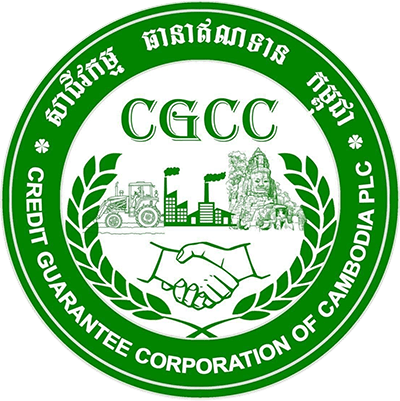What products or services are your business offering? Who else in the market is offering similar products or services? What is your business strategy to stay ahead of the competition? The answers to these questions relate to the market structure in which your business operates. Market structure refers to the characteristics of a market, including the number of firms, the nature of products and services, freedom of entry and exit, and so on. Market structure plays a pivotal role in the strategic decision-making of a business – how to operate and compete.
Perfect Competition
In Phnom Penh, if you wish to purchase a pure drinking water bottle to satisfy your thirst on a hot day, you have many options like Vital, Angkor Puro, Dasani, Oral, Hi-Tech, Aruna, Cambodia, etc. Despite the different branding, these products share a very similar taste and are generally priced at approximately 0.25 cents per bottle, representing the equilibrium price in this market. If sold at the same place and in the same setting, any products priced above this equilibrium price will eventually be out of the market. The customer is indifferent to switching between these products for the lowest cost. This market of pure drinking water can be a close example of perfect competition.
Perfect competition is a market structure where numerous firms offer identical products or services, and no single firm has the power to set the price. Buyers have complete information about the products and services, and the price is determined by supply and demand. Entry and exit into this market are extremely easy. The key to competing in this market is to set the price equal to the marginal cost, an additional cost for an additional output.
It is indeed rare, if not impossible, to find perfect competition in real life. The conditions for perfect competition, where many firms offer the same products or services, buyers have all the information, and entry and exit are easy, are seldom met. However, perfect competition serves as a theoretical benchmark that helps us understand the dynamics of real-life markets.
Monopoly
When I rejoined the Ministry of Economy and Finance in 2010, I was involved in the first-ever Initial Public Offering (IPO) on the Cambodia Securities Exchange. As the first IPO in Cambodia, the listing process of Phnom Penh Water Supply (PPWSA) was challenging and time-consuming. PPSWA was eventually listed successfully in April 2012, raising around USD 20 million. Equity investment in PPWSA is considered safe because PPSWA is the only licensed water supply operator in Phnom Penh and Ta Khmao. PPWSA offers an indispensable service (clean water supply) and has no competitors in its authorized areas. PPWSA can set the price without worrying about losing customers. In other words, PPSWA is a monopoly.
Monopoly is the opposite of perfect competition. In a monopoly, there is only one seller of a particular product and many buyers. There are barriers to entry. A monopoly maximizes profit by producing outputs when the marginal revenue (an additional earning from selling one extra unit) equals the marginal cost, and by charging the maximum price consumers are willing to pay for that output. However, the pricing strategy of monopolies is usually under strict government regulation to ensure social welfare. Other firms operating in Cambodia that can be considered monopolies include Electricity of Cambodia (EDC), NagaCorp, CINTRI, and the company I am serving, Credit Guarantee Corporation of Cambodia (CGCC).
Oligopoly
If you ask Cambodian people which mobile network service they are subscribed to, chances are they are using either Cellcard, Smart, or Metfone. These are the three leading players in this industry, holding more than 90% of the market share. Cellcard, Smart, and Metfone fiercely compete with one another on all fronts—price, product innovation, and advertising. Several mobile network companies have tried entering the Cambodian market to compete with these players. Most of them withdrew, such as Beelines and QB. The mobile network industry is an oligopoly.
An oligopoly is a market in which a small number of firms dominate and compete. This industry is highly competitive, and entering it is extremely difficult. The strategy of one firm can influence the strategies of other firms. Because there are only a few players, they often cooperate to limit output and charge higher prices to maximize their shared profits. This behavior is called collusion, which refers to the cooperation among firms in an oligopoly to make joint decisions and act as if they were a monopoly.
Other oligopoly industries include grocery store chains (Lucky Supermarket, AEON Supermarket, and CHIP MONG Supermarket), the retailed petroleum industry (TOTAL, TELA, and CALTEX), and movie cinemas (Legends and Major Cineplex).
Firms operating in different market structures require different strategies to compete and operate. So, which market structure is the best? It depends. Each market structure has its pros and cons depending on the industry and the Government’s policy toward the industry.
Summary of Market Structure

Read and Download in PDF: Understanding Market Structure









